
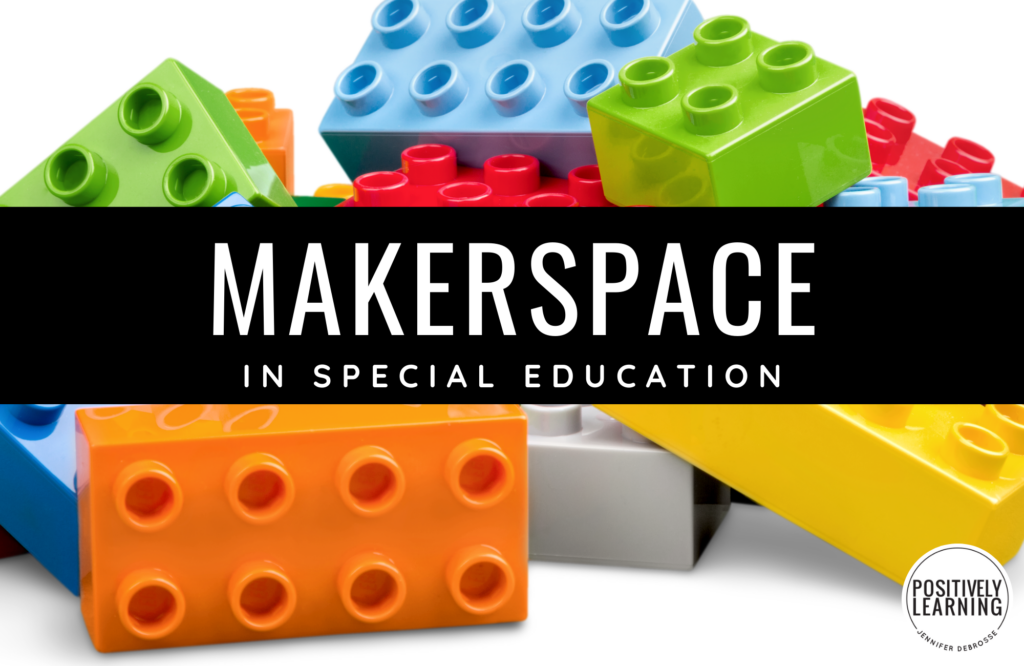
Table of Contents
ToggleI've been intrigued with the concept ever since I heard about it! I'm pretty sure every undergrad paper I ever wrote somehow included a quote from Howard Gardner #nerd
I kept the thought of offering Makerspace opportunities in my mind as a “someday” for quite awhile (too long!).
Why did I wait so long?
Number 1 – I'm not a Science teacher nor STEM-certified
Number 2 – I'm not a classroom teacher, either!
I am a special educator. I love my students, push them to do their best, and collect lots of data.
So I pushed the thoughts of using discovery learning and design to the back of my mind…for awhile.
Now may be reading along and wondering now:
Makerspace involves hands-on learning (if you've been following me, you know that's my jam!) and student-led discovery. Activities include engineering, coding, technology…but not in these pre-packaged lesson-plans-with-a-rubric style. Makerspace involves using the enviroment around you – the possibilities are endless for the curious mind!
If my description still leaves you wanting more (I totally understand and not offended, lol), I recommend doing a quick search for Makerspace in Education and “classroom makerspace.”
Last year my curiosity finally got the best of me and I decided to incorporate makerspace into my students' learning.
Specifically, I used the concept during our center rotations.
I tweaked a bit here and there to make sure we were still focusing on learning along with our goals and objectives, PLUS I came up with an idea to “keep it altogether” in the resource room:
You may remember reading about how I fancied up my “TEACHER” toolbox to incorporate learning center activities – you can read it HERE!
I decided to take the same idea to store all the makerspace materials!
There are drawers with labels to store hands-on tools, like playdough, cubes, and nature materials. I also use about half of the drawers to include tasks (“build a log cabin” and “design a new cookie”) and my favorite, “Build a Game.”
These tasks provide a bit of structure which some students gravitate towards, while others are all fired up and ready to go!
You can check out all the seasonal Makerspace sets HERE.
I hope that using seasonal materials will help my students connect a bit more with the environment and see the possibility outside of the classroom walls!
Should I make an “all year” kit? I'm thinking…YES!
I'd love to hear how makerspace learning is going in your classroom!

I’m Jennifer and I was a special educator in the elementary school setting over the past decade. I entered the classroom every day dedicated to making learning inclusive AND engaging.
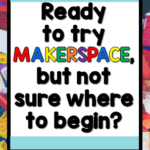
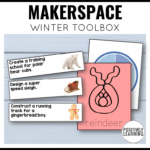
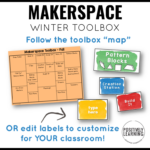
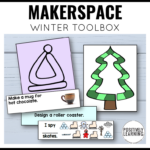
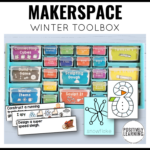
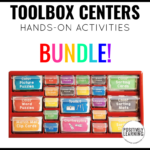
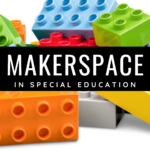
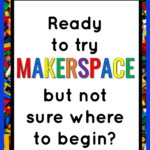

This website uses cookies to ensure you get the best experience on our website. See full disclosure here.
This website uses cookies to ensure you get the best experience on our website.
See full disclosure here.